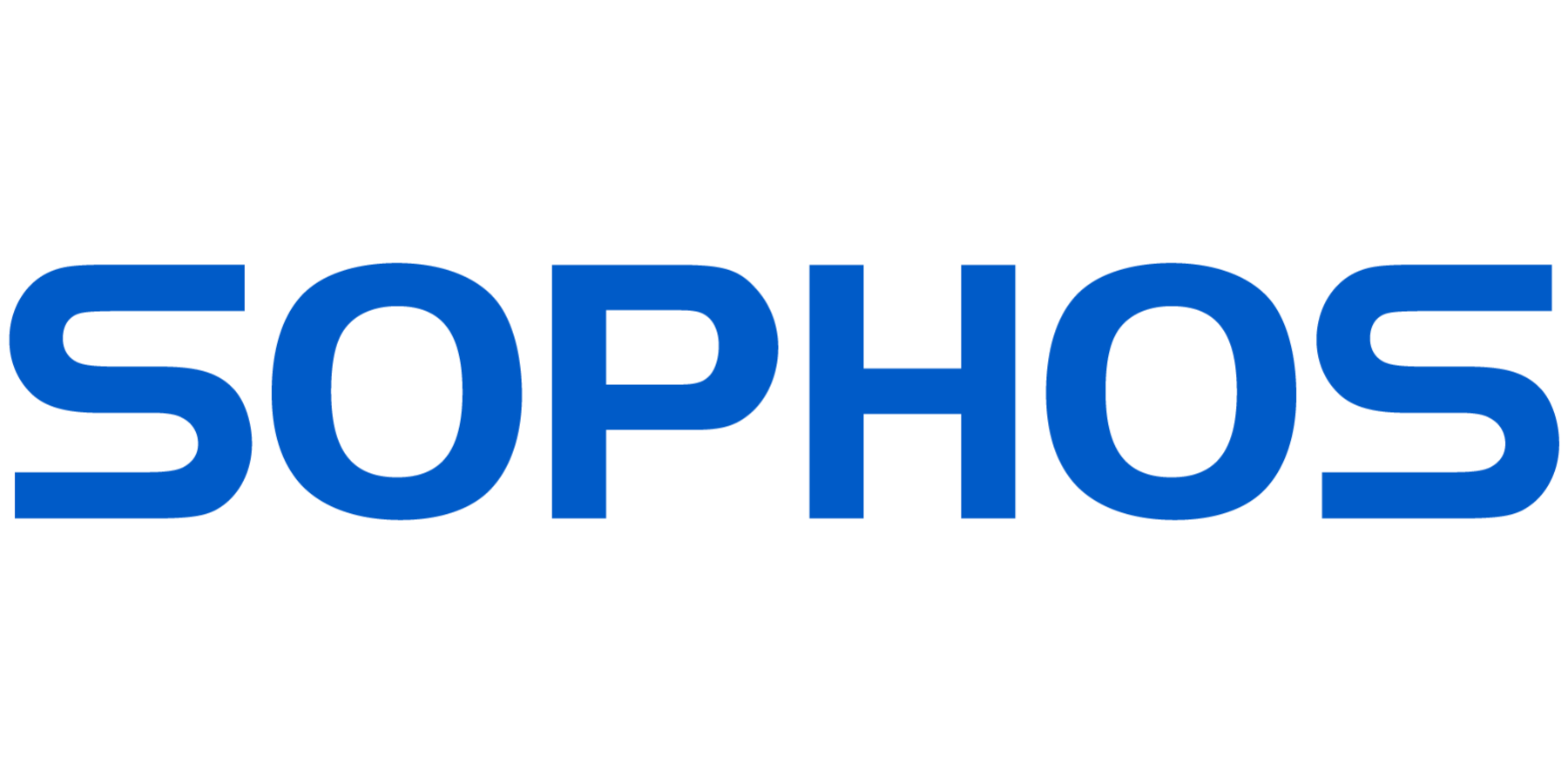
Overview

Product video
Sysdig secures cloud innovation on AWS with the power of runtime insights. From shift left to shield right, you can prevent, detect, and respond at cloud speed. For businesses innovating in the cloud, every second counts. Sysdig stops cloud attacks in real time, instantly detecting changes in risk with runtime insights, a unique AI architecture, and open source Falco. Sysdig strengthens cyber resilience, reducing your attack surface and accelerating incident response. Our platform correlates signals across cloud workloads, identities, and services to enable teams to prioritize risks and act decisively.
Sysdig's Cloud Native Application Protection Platform (CNAPP) unifies the capabilities of Cloud Workload Protection (CWP), Cloud Detection and Response (CDR), Cloud Security Posture Management (CSPM), and Cloud Infrastructure Entitlement Management (CIEM). We help cloud teams monitor user, cloud, container, and Kubernetes activity and apply runtime insights to prioritize vulnerabilities and cloud security risks.
- Secure AWS cloud and container services
- Detect threats in real-time with visibility built on open source Falco
- Prioritize risk, fix misconfigurations, measure compliance, and reduce alert noise
- Mitigate active Generative AI risk with AI workload security
- Consolidate vulnerability scanning, posture management, and runtime security
Sysdig Monitor is also available, providing Prometheus-compatible observability for your AWS cloud workloads. Real-time granular insights, cloud-native context, and remediation tips help you troubleshoot and resolve issues in rapidly changing cloud environments. Drive cost savings and right-size your environment with usage-based recommendations.
For custom pricing, EULA, or private contract, please contact salesops@sysdig.com for a private offer.
Highlights
- STOP ATTACKS IN REAL-TIME: Leverage real-time behavioral insights and threat intelligence to continuously monitor for threats.
- PRIORITIZE AND FIX VULNERABILITIES FAST: Prioritize in-use vulnerabilities to address risk and reduce noise up to 95%.
- VISUALIZE CLOUD RISK: Correlate signals across cloud workloads, identities, and services to understand attack paths and real risk.
Details
Introducing multi-product solutions
You can now purchase comprehensive solutions tailored to use cases and industries.
Features and programs
Buyer guide

Financing for AWS Marketplace purchases
Pricing
Dimension | Description | Cost/month |
|---|---|---|
CNAPP Enterprise | Public purchases require a minimum purchase of 20 units | $72.00 |
Monitor Enterprise Host | Public purchases require a minimum purchase of 20 units | $36.00 |
The following dimensions are not included in the contract terms, which will be charged based on your usage.
Dimension | Cost/unit |
|---|---|
Additional usage fee for CNAPP Enterprise per Host Hr | $0.13 |
Additional usage fee for Cloud Logs Events per Event | $2.50 |
Additional usage fee for CNAPP CaaS per Serverless Host Hr | $0.03 |
Additional usage fee for Secure D&R - CaaS per Serverless Host Hr | $0.02 |
Additional usage fee for Monitor Enterprise Host per Host Hr | $0.06 |
Additional usage fee for Monitor Enterprise Time Series per TS Metric | $7.00 |
Additional usage fee for Monitor Enterprise Cost Advisor per hr | $0.02 |
Additional usage fee | $0.19 |
Vendor refund policy
N/A
Custom pricing options
How can we make this page better?
Legal
Vendor terms and conditions
Content disclaimer
Delivery details
Software as a Service (SaaS)
SaaS delivers cloud-based software applications directly to customers over the internet. You can access these applications through a subscription model. You will pay recurring monthly usage fees through your AWS bill, while AWS handles deployment and infrastructure management, ensuring scalability, reliability, and seamless integration with other AWS services.
Resources
Vendor resources
Support
Vendor support
Have an issue? We'll make sure Sysdig is working just the way you want it to. https://sysdig.com/support/
Our documentation provides a deep dive into the core of our cloud-native security, visibility, and compliance platform:
AWS infrastructure support
AWS Support is a one-on-one, fast-response support channel that is staffed 24x7x365 with experienced and technical support engineers. The service helps customers of all sizes and technical abilities to successfully utilize the products and features provided by Amazon Web Services.

